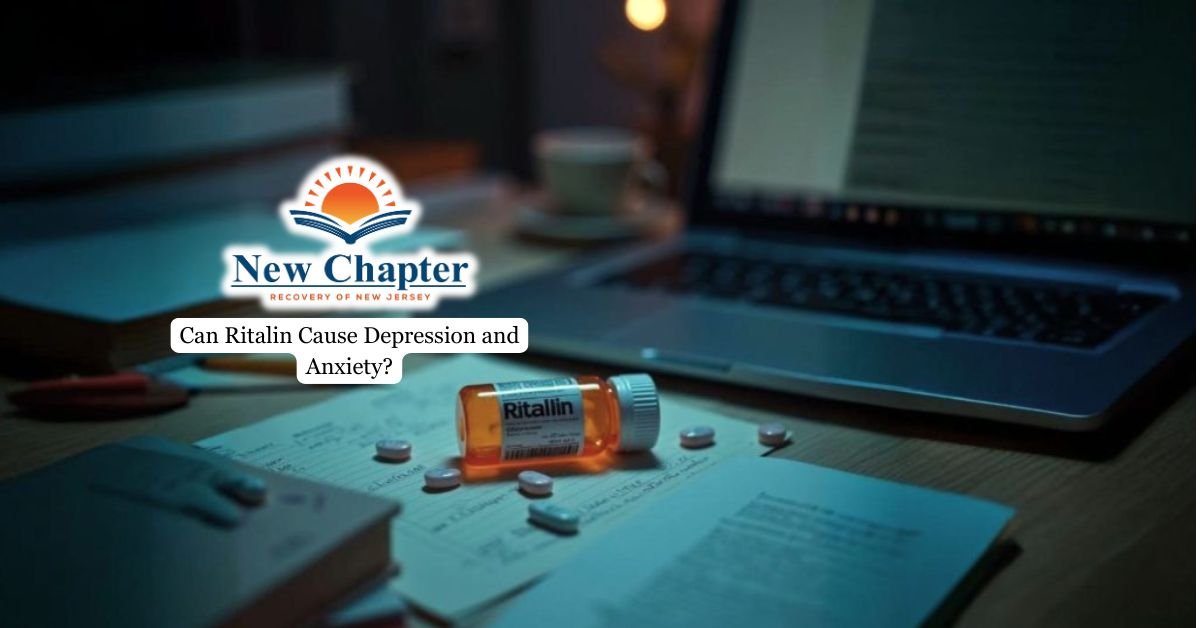The kindling effect represents a critical neurobiological phenomenon where repeated withdrawal episodes from drug or alcohol abuse progressively amplify the severity of withdrawal symptoms. This cycle creates a dangerous feedback loop. Understanding the kindling effect is essential for effective alcohol addiction treatment.
This article will examine the kindling effect’s impact on alcohol withdrawal, explain how repeated detox attempts can worsen symptoms of withdrawal, and stress the need for medically supervised care.

Neurobiological Mechanisms of Kindling
The alcohol withdrawal process disrupts the brain’s neurotransmitter balance. Chronic alcohol consumption suppresses excitatory neurotransmitters (e.g., glutamate) while enhancing inhibitory ones (e.g., GABA). When heavy alcohol use stops abruptly, glutamate surges and GABA plummets, causing hyperexcitability.
The kindling process worsens with each withdrawal episode, sensitizing neural circuits and lowering the threshold for severe symptoms. This kindling phenomenon mirrors epilepsy development, where repeated subthreshold stimuli eventually trigger seizures without provocation.
Anyone struggling with alcohol should seek professional drug and alcohol addiction treatment to safely manage withdrawal and break the dangerous cycle of repeated alcohol withdrawal.
Symptoms and Progression: From Mild to Life-Threatening
Alcohol withdrawal symptoms follow a predictable timeline, escalating in severity without medical intervention. The progression is categorized into three overlapping stages:
Early stage (6–24 hours after last drink):
- Psychological symptoms: Anxiety, irritability, and depression.
- Physical manifestations: Headaches, nausea, vomiting, loss of appetite, insomnia, and hand tremors.
- Autonomic nervous system disturbances begin, including mild tachycardia and sweating.
Intermediate stage (24–72 hours):
- Heightened autonomic activity: Hypertension, rapid heart rate (tachycardia), fever, and profuse sweating.
- Neurological and psychiatric symptoms: Confusion, irritability, and transient hallucinations (auditory, visual, or tactile).
- Risk of seizures: Generalized tonic-clonic seizures may occur, typically peaking around 48 hours.
Late stage (48+ hours):
- Delirium tremens (DTs): A life-threatening condition characterized by profound disorientation, agitation, hyperthermia, and vivid hallucinations. Autonomic instability (e.g., extreme fluctuations in blood pressure and heart rate) may lead to cardiovascular collapse. Mortality reaches 1–5% if untreated.
- Seizure complications: Status epilepticus (prolonged seizures) occurs in 4% of cases, increasing the risk of permanent neurological damage.
The effects of kindling dramatically accelerate this progression. Individuals experiencing repeated withdrawal episodes develop worsening withdrawal symptoms like neurobiological sensitization, where even minor reductions in alcohol consumption can trigger severe symptoms like DTs or seizures. For instance, a first withdrawal episode might only cause tremors, but subsequent attempts can provoke seizures within 12 hours and DTs within 24 hours, regardless of lower alcohol intake.
Consequences of Repeated Withdrawal
Escalating symptom severity:
Each withdrawal episode amplifies neuronal hyperexcitability due to cumulative glutamate surges and GABA depletion. This kindling phenomenon lowers the seizure threshold and intensifies autonomic and psychiatric symptoms.
Cognitive deterioration:
Studies confirm that multiple withdrawal episodes correlate with persistent deficits in attention, executive function, and memory. Recovery of cognitive function is slower and often incomplete, indicating reduced neuroplasticity.
Relapse vulnerability:
Intense withdrawal symptoms create a vicious cycle where individuals resume alcohol use for immediate relief, increasing the likelihood of repeated withdrawal episodes. This pattern is driven by neuroadaptations in stress-response systems (e.g., corticotropin-releasing factor overactivity).
Systemic organ damage:
A history of withdrawal seizures is associated with accelerated liver fibrosis and cirrhosis. Additionally, repeated withdrawals increase the risk of Wernicke-Korsakoff syndrome (thiamine deficiency) and cardiovascular complications like arrhythmias.
Why Unsupervised Withdrawal Is Dangerous
Unpredictable severity of withdrawal symptoms
Without medical oversight, individuals may underestimate the intensity of alcohol withdrawal symptoms. The kindling effect makes each successive withdrawal produce more intense and dangerous symptoms, even if the amount of alcohol consumption decreases.
Electrolyte imbalances
Severe vomiting, sweating, and dehydration during withdrawal can cause critical disturbances in sodium, potassium, magnesium, and calcium levels. These imbalances increase the risk of dangerous cardiac arrhythmias, which can lead to sudden cardiac arrest.
Risk of seizures
Unsupervised withdrawal significantly raises the chance of experiencing withdrawal seizures, which can escalate into status epilepticus—a prolonged, life-threatening seizure state requiring emergency intervention.
Respiratory failure
Seizures, combined with autonomic instability caused by withdrawal, can impair breathing and oxygenation, potentially resulting in respiratory arrest.
Elevated Risk in Those with Prior Withdrawal Episodes
Individuals with two or more prior withdrawal episodes are at the highest risk for the kindling effect. This sensitization means their brains are more vulnerable to severe withdrawal symptoms and complications during subsequent detox attempts. The kindling effect of alcohol makes unsupervised withdrawal particularly perilous for this group, as even mild withdrawal can rapidly escalate to seizures or delirium tremens without timely medical intervention.

The Importance of Medical Supervision
Medical detox provides controlled administration of medications like benzodiazepines that stabilize the nervous system, prevent seizures, and reduce autonomic hyperactivity. Supervised care allows for continuous monitoring of vital signs, electrolyte levels, and neurological status, enabling prompt management of complications.
Supportive care during detox, including hydration, nutrition, and vitamin supplementation (e.g., thiamine), helps mitigate systemic effects of withdrawal and reduces the risk of long-term damage.
Clinical Management: Breaking the Cycle
Preventing the kindling effect requires structured intervention:
Medical detox: Administering benzodiazepines (e.g., diazepam) or barbiturates to manage CNS hyperactivity and prevent withdrawal seizures.
Comprehensive assessment: Documenting prior withdrawal episodes to evaluate kindling risk.
Relapse prevention:
- Pharmacotherapy: Administering Naltrexone to reduce cravings.
- Behavioral therapies: Utilizing cognitive-behavioral therapy (CBT) to address triggers.
- Support networks: Utilizing group therapy to sustain long-term abstinence. Rushed detox from alcohol without follow-up care heightens relapse risk, accelerating the kindling effect.
Final Thoughts from New Chapter Faith Recovery
The kindling effect transforms alcohol relapse and withdrawal into a progressively lethal process. Avoiding the kindling effect demands early medical intervention, even for mild symptoms, to prevent neurological sensitization. Treatment for alcohol use disorder combines supervised detox, psychological support, and relapse prevention.
At New Chapter Faith Recovery, our detox placement and alcohol addiction treatment programs in New Jersey provide a safe and structured environment where genuine healing can begin. With personalized care that combines behavioral therapy, medication-assisted treatment, and peer support, our experienced team helps you or your loved one build a solid path toward lasting recovery.






